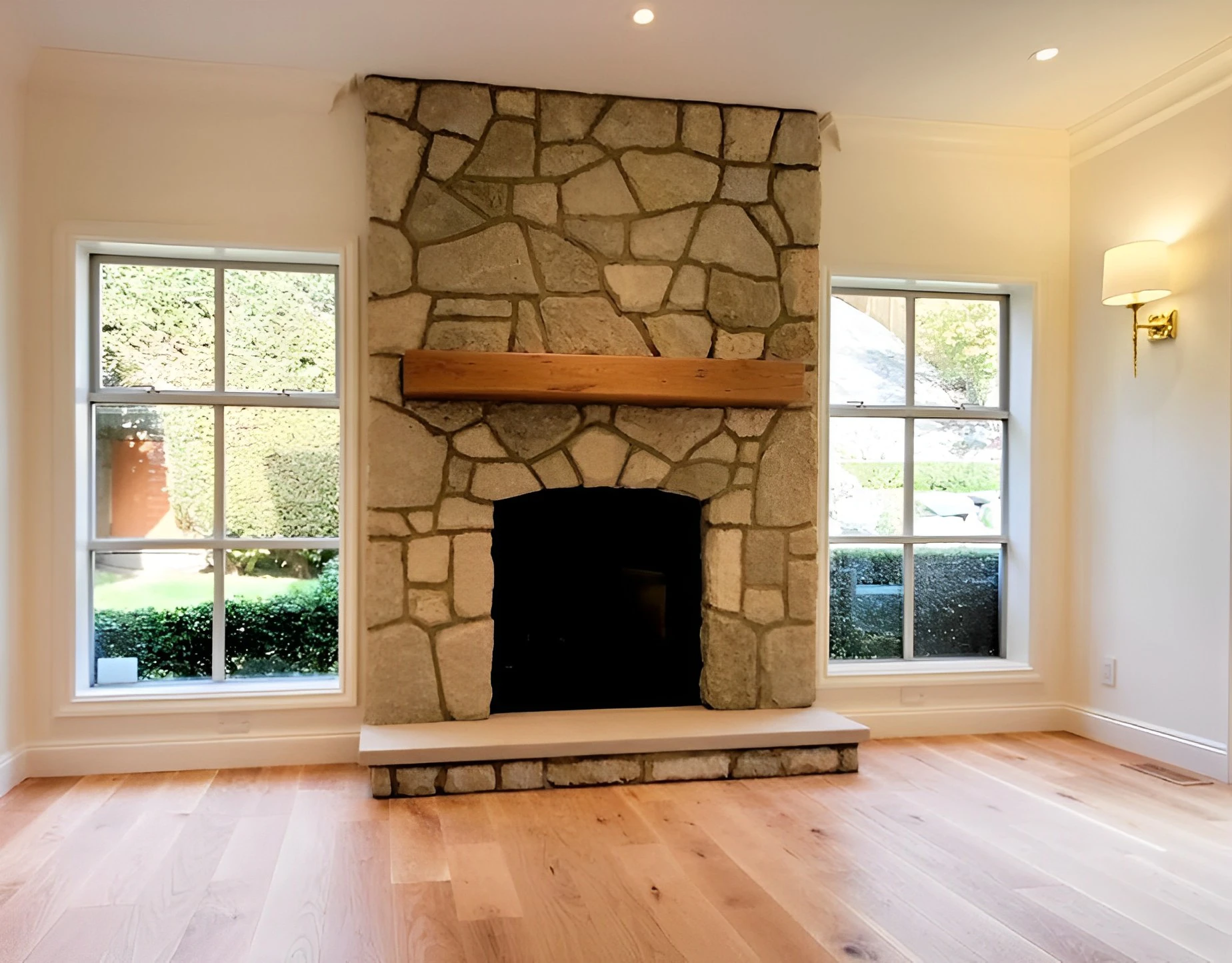
In the bustling city of Vancouver, having a residential elevator can add convenience and accessibility to your home. If you’re considering this upgrade, hiring a reliable construction company in Vancouver is crucial. From planning and design to the final installation, a reputable construction company can guide you through every step of the process.
With their expertise and experience, they can ensure a smooth and efficient installation of your residential elevator. Let’s explore how the right construction company can help you install a residential elevator from concept to completion.
Choosing The Right Contractor
The first step in your home elevator installation project is to find a reliable and experienced contractor who can handle the job. A good contractor will be able to assess your needs, offer you a range of options, and provide you with a detailed quote and timeline.
They will also have the necessary licenses, certifications, and insurance to ensure a safe and legal installation. To choose the right contractor, do some research and compare different companies.
You can look for online reviews, testimonials, and ratings from previous customers. You should also contact the contractors and ask them some questions, such as:
- How long have they been in business, and how many home elevator installations have they done?
- What kind of elevators do they offer, and what are the pros and cons of each?
- How do they handle the design, engineering, and permitting process?
- What are their warranties, guarantees, and after-sales services?
- How much do they charge, and what are the payment terms?
Planning For Accessibility
The next step in your home elevator installation project is to plan for the accessibility of your elevator. This means considering how the elevator will fit into your home’s layout, design, and style. You also need to consider who will use the elevator and their needs.
For example, if you have elderly or disabled family members, you may want to install a wheelchair-accessible elevator with a larger cab, lower buttons, and safety features. To plan for the accessibility of your elevator, you should consult with your contractor and an architect or interior designer.
Elevator Selection And Design
The third step in your home elevator installation project is to select and design your elevator. This means choosing your elevator’s type, model, and features that suit your needs and preferences. Many home elevators are available, such as hydraulic, pneumatic, cable, and gearless.
You should work with a professional contractor to select and design your elevator. They will help you compare different options and customize your elevator according to your specifications. You should also consider the following aspects when selecting and designing your elevator:
- Capacity: How many people and how much weight can your elevator carry?
- Speed: How fast can your elevator travel between floors?
- Safety: What are the safety features and standards of your elevator?
- Efficiency: How much energy does your elevator consume, and how can you reduce it?
- Style: What are your elevator’s colours, patterns, and lighting?
Permitting And Regulation Compliance
In Vancouver, elevator permitting and regulation compliance are overseen by the Technical Safety BC (TSBC) and the City of Vancouver. Elevators are considered critical infrastructure and are subject to strict safety regulations to ensure the safety of occupants and compliance with building codes. Key points regarding elevator compliance in Vancouver:
- Permitting: The City of Vancouver issues permits for elevator installation, alteration, or repair, ensuring adherence to building codes and safety standards.
- Inspections: Elevator installations and alterations undergo inspections by TSBC-certified inspectors to verify compliance with safety codes.
- Technical Safety BC (TSBC): TSBC regulates the safe installation and operation of elevating devices, enforcing standards, and conducting inspections.
- Building Codes: Elevator work must comply with the British Columbia Building Code, specifying design, construction, and safety requirements.
- Maintenance: Building owners are responsible for regular maintenance and testing to uphold safe operation and compliance.
Construction And Installation Process
The final step in your home elevator installation project is the construction and installation. This means executing the plan and installing the elevator in your home. Depending on the type and complexity of your elevator, this process may take from a few days to a few weeks.
It may also involve some disruption and noise in your home and some modifications and repairs to your walls, floors, and ceilings. You should work closely with your contractor and the elevator manufacturer or supplier to complete the construction and installation process.
About Eurobuild Construction
Discover Eurobuild Construction, the leading high-end construction company in Metro Vancouver. Renowned for our impeccable craftsmanship and dedication to tailored client satisfaction, we excel in top-tier elevator retrofit services. Experience how our seasoned team delivers meticulous, innovative solutions to elevate your project to new heights.
Contact us now to learn about Eurobuild Construction and elevate your project to unparalleled excellence.

